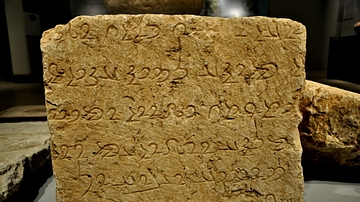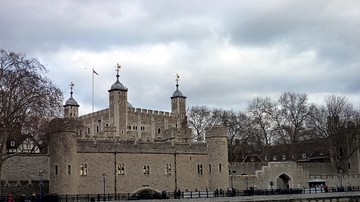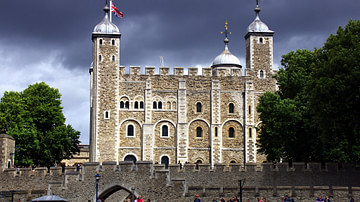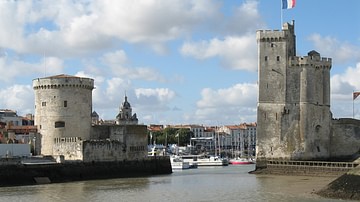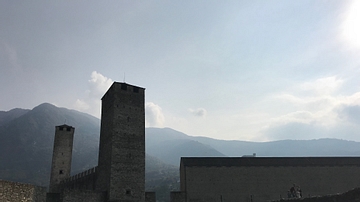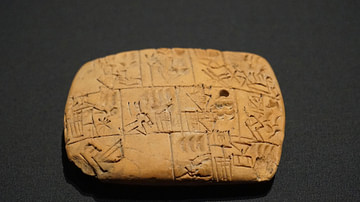Illustration
The tower lies on a hill near Barkal, a modern village south-west of Lake Darband-i-Khan, Sulaimaniya Governorate, Iraq. It was set up as a monument commemorating the victory of the Sassanian king Narseh over his nephew Warham III (Barham III). The inscriptions were written in Parthian and middle Persian languages. The western wall was written in middle Persian and consisted of 46 lines and 8 horizontal stone blocks. The western side was the Parthian version and composed of 7 horizontal stone blocks forming 42 lines of inscription. According to Humbach-Skjaervø, the total number of the blocks is 230-240 and the total length of the text is 940 cm; this makes it the longest surviving Sassanian inscription to date. All of the inscribed stone blocks are now in the Sulaimaniya Museum while the stone blocks shown here in situ were used for the construction of the tower and were not inscribed. 293 CE.
About the Author
Cite This Work
APA Style
Amin, O. S. M. (2014, August 04). Paikuli Tower. World History Encyclopedia. Retrieved from https://www.worldhistory.org/image/2885/paikuli-tower/
Chicago Style
Amin, Osama Shukir Muhammed. "Paikuli Tower." World History Encyclopedia. Last modified August 04, 2014. https://www.worldhistory.org/image/2885/paikuli-tower/.
MLA Style
Amin, Osama Shukir Muhammed. "Paikuli Tower." World History Encyclopedia. World History Encyclopedia, 04 Aug 2014, https://www.worldhistory.org/image/2885/paikuli-tower/. Web. 25 Apr 2025.



